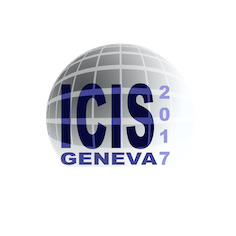Speaker
Description
Electron Beam Ion Source (EBIS) has been one of the widely used table-top devices for the production of highly charged ions due to its high purity of charge states. At Korea Multipurpose Accelerator Complex (KOMAC), we have constructed a compact EBIS test bench, consisting of a EBIS-A (advanced EBIS from Dreebit GmbH, Germany), a Wien filter and a Faraday cup. The Wien filter with a permanent magnet is designed to separate charge states of ion beams produced from the EBIS-A. A fast extraction system is incorporated with the EBIS test bench to produce ion beams of a pulse width < 1 $\mu$s. We characterize the EBIS test bench with He and Ar gases. Hereinafter, results on the characterization will be discussed in detail. We also plan to install an EBIS-SC (superconducting EBIS from Dreebit GmbH, Germany) as a < 1 $\mu$s proton pulse injector to the KOMAC proton linac. Beside the commercial EBISes, a 7 Tesla EBIS is currently under development at KOMAC and will be used as an ion beam injector for a 200 MHz Radio-Frequency Quadrupole accelerator. In this paper, we briefly discuss the plans for the EBIS-SC and on-going development on the 7 T EBIS design.
Acknowledgement
This work has been supported through KOMAC operation fund of Korea Atomic Energy Research Institute by Ministry of Science, ICT and Future Planning.
